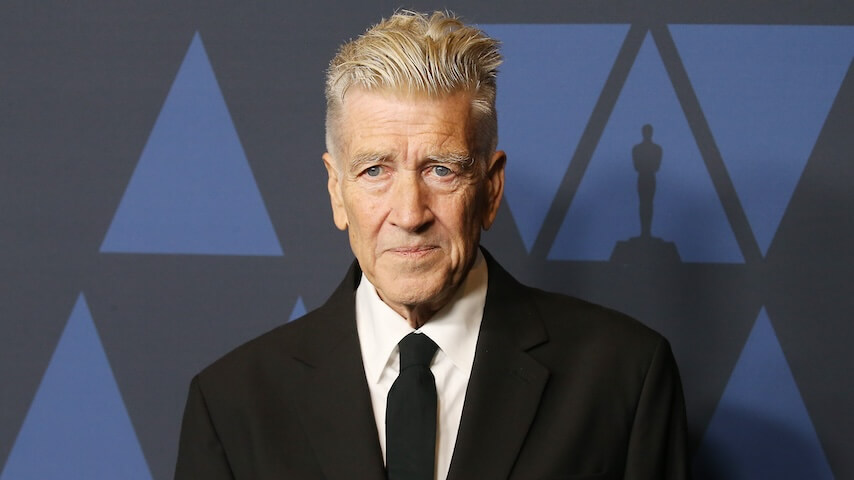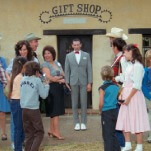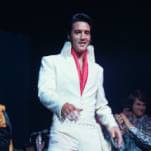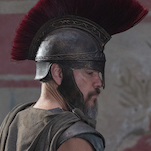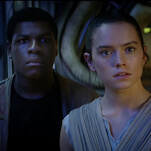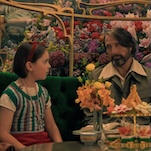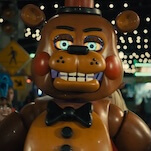Speaking to The Film Stage, Peter Deming, Lynch’s longtime cinematographer, revealed that he had read the script and gone on a single location scout for the show before COVID shut everything down, dooming it to non-existence. The show was “definitely its own original thing,” Deming said, elaborating that he didn’t know how it would be formatted aside from “it was going to be a lot of episodes.” Not that that would’ve been too much of a problem. On Twin Peaks, Deming continued, “We weren’t really sure how many episodes there were going to be until it got into post-production, because it wasn’t really written that way; it was written as a 550-page film.” Nevertheless, Night would’ve followed Lynch’s interest in “the continuing story,” as the director called it. Lynch told Deming, “‘I’m not going to make any more movies. I’m just going to make longer stories because I love the longer story.'” However, despite comparing it to Twin Peaks, Unrecorded Night was “definitely not Twin Peaks.”
Deming said he read the script in “three sittings” because “it was so thick,” describing it as a “really interesting mystery” that “would’ve been good.” The cinematographer hesitated to offer more story details, saying that he’d have to talk to Lynch’s producer, Sabrina Sutherland, about whether or not they are “letting this cat out of the bag.” Nevertheless, he saw it as another element of Lynch’s Los Angeles canon. He continues:
“He loved to make films about Los Angeles. He wasn’t trying to hide the setting. Lost Highway, while not implicit, was certainly implied. Mulholland Drive was obvious. Inland Empire was obvious. To me, this was another LA canon for him, and one that sort of mixed in filmmaking and Old Hollywood a bit, and it was just, maybe, number four in that line of products.”
